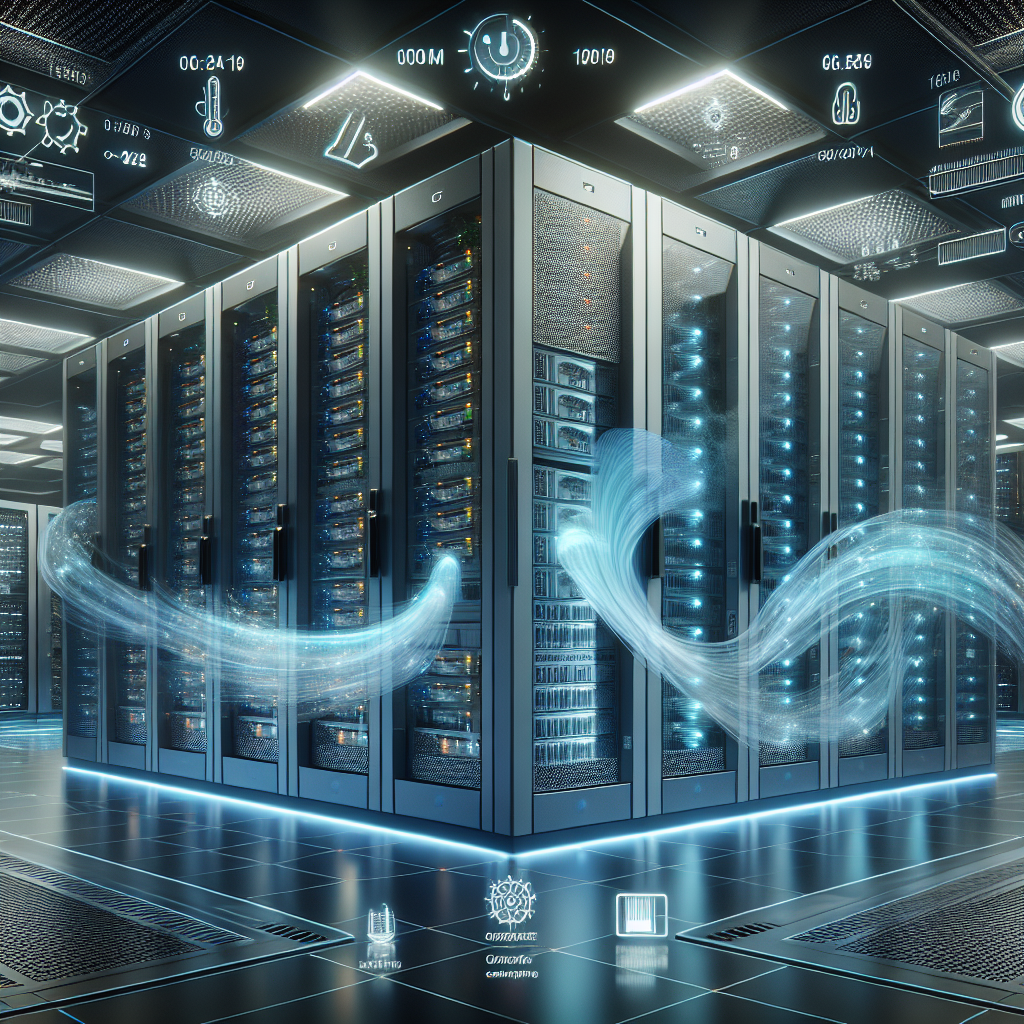Your cart is currently empty!
The Future of Data Center Cooling: Trends and Predictions

Data centers are essential for the operation of businesses in the digital age, serving as the backbone of the internet and enabling the storage and processing of vast amounts of data. However, the growing demand for data center services has led to an increase in energy consumption and heat generation, making cooling a critical aspect of data center infrastructure.
As data centers continue to evolve and grow in size and complexity, the future of data center cooling is set to undergo significant changes. In this article, we will explore the trends and predictions for the future of data center cooling.
1. Increased focus on energy efficiency
One of the key trends shaping the future of data center cooling is the emphasis on energy efficiency. With data centers consuming massive amounts of energy to power servers and cooling systems, there is a growing need to reduce energy consumption and minimize the environmental impact of data center operations.
To achieve this, data center operators are increasingly adopting innovative cooling technologies such as liquid cooling, direct-to-chip cooling, and intelligent cooling systems that optimize airflow and temperature control. These technologies not only reduce energy consumption but also improve the overall performance and reliability of data center infrastructure.
2. Adoption of sustainable cooling solutions
In line with the focus on energy efficiency, data center operators are also turning towards sustainable cooling solutions to reduce their carbon footprint and minimize the environmental impact of data center operations. Sustainable cooling solutions include the use of renewable energy sources, such as solar or wind power, to power cooling systems, as well as the implementation of water-saving cooling technologies.
Additionally, data center operators are exploring alternative cooling methods, such as free cooling, which utilizes ambient air or water for cooling purposes, reducing the reliance on traditional cooling systems that consume large amounts of energy.
3. Integration of artificial intelligence and machine learning
Another key trend shaping the future of data center cooling is the integration of artificial intelligence (AI) and machine learning technologies. AI-powered cooling systems can analyze data center performance in real-time, predict potential cooling issues, and optimize cooling strategies to improve energy efficiency and reduce operational costs.
By leveraging AI and machine learning, data center operators can achieve greater precision and control over cooling operations, ensuring optimal temperature and airflow management to maintain the performance and reliability of data center infrastructure.
4. Modular and scalable cooling solutions
As data centers continue to scale in size and complexity, the demand for modular and scalable cooling solutions is on the rise. Modular cooling systems allow data center operators to easily expand cooling capacity as needed, without the need for costly and time-consuming infrastructure upgrades.
Additionally, scalable cooling solutions enable data center operators to adapt to changing workload demands and environmental conditions, ensuring optimal cooling performance and energy efficiency at all times.
In conclusion, the future of data center cooling is set to be defined by trends such as energy efficiency, sustainability, AI integration, and scalability. By adopting innovative cooling technologies and strategies, data center operators can enhance the performance, reliability, and sustainability of their data center infrastructure, while reducing energy consumption and operating costs. As data centers continue to evolve, the importance of effective cooling solutions will only grow, making it essential for businesses to stay ahead of the curve and embrace the latest trends in data center cooling.

Leave a Reply